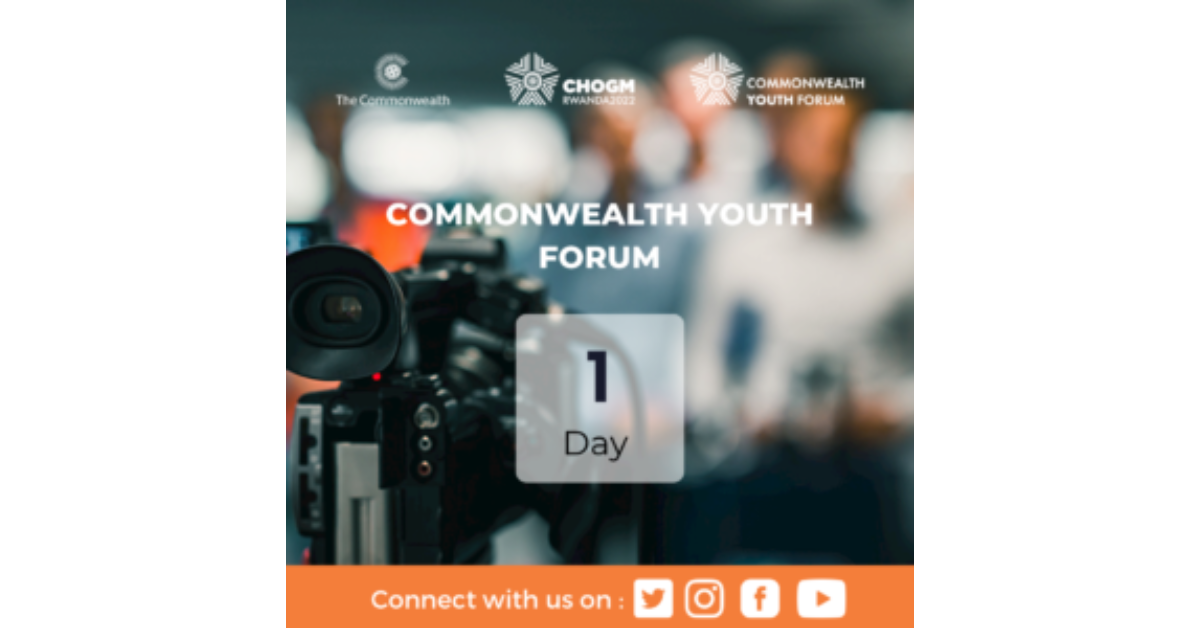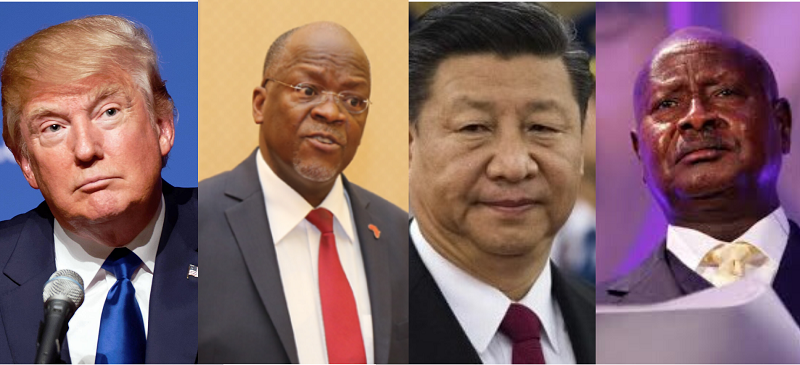Young Guyanese seek to quash ignorance about HIV and AIDS
December 9th, 2010From an early age, Latoya Giles and Shela Singh were close friends. This friendship remained throughout their school years, when they would often share dreams of what they would do when they grew up.
It was only a few years after they both left school, that their friendship and Shela’s future dreams were dealt a serious and ultimately fatal blow.
Shela began to feel unwell and decided to confide in her friend, as she had always done on countless occasions. After hearing the symptoms described, Latoya offered sympathy and reassurance, but both felt confident that it was simply a bad case of the flu which would soon pass.
Despite her outward confidence, Latoya, who is now 20, prompted herself to investigate further and conduct her own research based on what Shela had described. Through her investigations she stumbled across similarities between the symptoms her friend informed her about and the HIV virus, but Latoya refused to believe that this was the reason her school friend was suffering.
“I never thought that someone this close to me, who I had known all my life, would become infected,” Latoya admitted.
After a brief spat of anger directed at her long-term partner who had unwittingly passed on the infection, Shela decided that instead of remaining silent about her situation, she would speak to young people in order to quash ignorance and stop them from experiencing similar suffering.
Through her teaching, Shela – who was beaten by HIV two years ago at the age of 23 – motivated Latoya to keep her memory and message alive by educating young people.
“When Shela and I were at school we didn’t get regular teaching about HIV and AIDS. So by volunteering my time to teach one class a day I hope to give these children the knowledge they need to have a good understanding about this disease,” said Latoya, who is currently in her third year studying Social Work at the University of Guyana.
She is one of around 50 Commonwealth Youth for Positive Living (CYPL) who visits schools in Guyana’s capital Georgetown and its surrounding villages to speak with young people about HIV and AIDS.
These CYPL are taught accurate information and trained to communicate with young people so that knowledge is improved. Their ‘positive living’ approach requires young people to be aware of their sexual and behavioural practices, which may put them at risk of HIV infection.
“Guyana has the highest rate of HIV in the Caribbean. If my classes prevent just one child from contracting the virus in the future then my time has been well spent,” explained Latoya, whose daily lesson is given to a group of 40 students, between 13 and 14 years old, at Dolphin Secondary School in Georgetown.
Like Latoya, when Jaime Mayers was at school, he experienced a similar lack of information available to him and his friends about HIV and AIDS, which provoked him to providing awareness to young people.
Jaime, 20, explained that the Commonwealth Youth Programme “is all about not pressing or hammering the kids with information.” Instead, he points out that “it is about giving them the tools to help them choose their future paths.”
When Jaime began educating young people about HIV two years ago he noticed that a lot of students “just didn’t care”. But a couple of years down the line, these same children now regularly “come up to [him] in the street and explain about how they are now taking responsibility for their actions.”
One such student who is ‘taking responsibility’ is Tristan Lyvan, a 14-year-old student at Dolphin Secondary School.
“I need to know more about HIV so that when I grow up, I will be more careful and know what to do,” said Tristan, who hopes to be an electrician.



